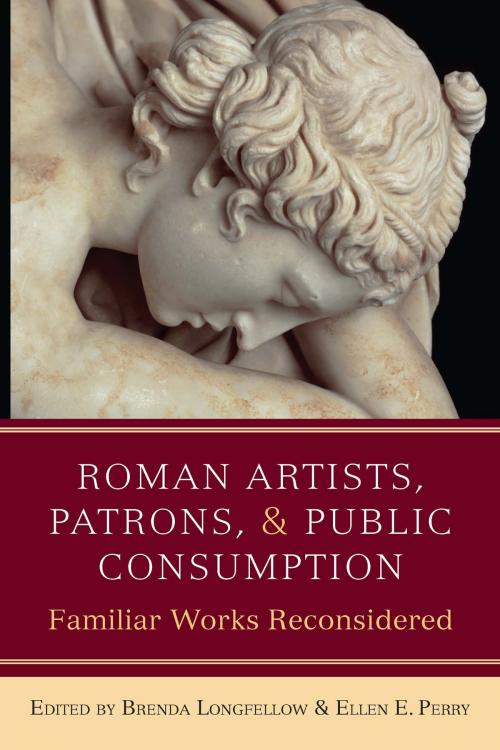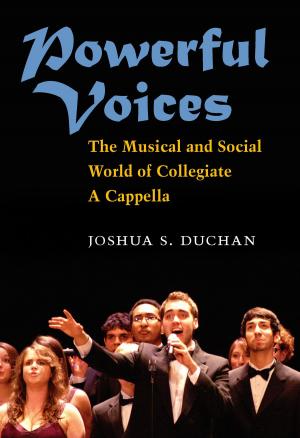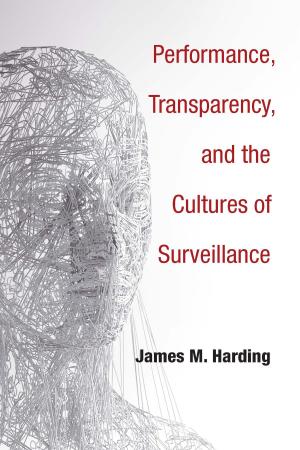Roman Artists, Patrons, and Public Consumption
Familiar Works Reconsidered
Nonfiction, History, Ancient History, Rome, Art & Architecture, Art History| Author: | Brenda Longfellow, Ellen Perry | ISBN: | 9780472123490 |
| Publisher: | University of Michigan Press | Publication: | January 10, 2018 |
| Imprint: | University of Michigan Press | Language: | English |
| Author: | Brenda Longfellow, Ellen Perry |
| ISBN: | 9780472123490 |
| Publisher: | University of Michigan Press |
| Publication: | January 10, 2018 |
| Imprint: | University of Michigan Press |
| Language: | English |
In recent decades, the study of Roman art has shifted focus dramatically from issues of connoisseurship, typology, and chronology to analyses of objects within their contemporary contexts and local environments. Scholars challenge the notion, formerly taken for granted, that extant historical texts—the writings of Vitruvius, for example—can directly inform the study of architectural remains. Roman-era statues, paintings, and mosaics are no longer dismissed as perfunctory replicas of lost Greek or Hellenistic originals; they are worthy of study in their own right. Further, the scope of what constitutes Roman art has expanded to include the vast spectrum of objects used in civic, religious, funerary, and domestic contexts and from communities across the Roman Empire.
The work gathered in *Roman Artists, Patrons, and Public Consumption *displays the breadth and depth of scholarship in the field made possible by these fundamental changes. The first five essays approach individual objects and artistic tropes, as well as their cultural contexts and functions, from fresh and dynamic angles. The latter essays focus on case studies in Pompeii, demonstrating how close visual analysis firmly rooted in local and temporal contexts not only strengthens understanding of ancient interactions with monuments but also sparks a reconsideration of long-held assumptions reinforced by earlier scholarship.
These rigorous essays reflect and honor the groundbreaking scholarship of Elaine K. Gazda. In addition to volume editors Brenda Longfellow and Ellen E. Perry, contributors include Bettina Bergmann, Elise Friedland, Barbara Kellum, Diana Y. Ng, Jessica Powers, Melanie Grunow Sobocinski, Lea M. Stirling, Molly Swetnam-Burland, Elizabeth Wolfram Thill, and Jennifer Trimble.
In recent decades, the study of Roman art has shifted focus dramatically from issues of connoisseurship, typology, and chronology to analyses of objects within their contemporary contexts and local environments. Scholars challenge the notion, formerly taken for granted, that extant historical texts—the writings of Vitruvius, for example—can directly inform the study of architectural remains. Roman-era statues, paintings, and mosaics are no longer dismissed as perfunctory replicas of lost Greek or Hellenistic originals; they are worthy of study in their own right. Further, the scope of what constitutes Roman art has expanded to include the vast spectrum of objects used in civic, religious, funerary, and domestic contexts and from communities across the Roman Empire.
The work gathered in *Roman Artists, Patrons, and Public Consumption *displays the breadth and depth of scholarship in the field made possible by these fundamental changes. The first five essays approach individual objects and artistic tropes, as well as their cultural contexts and functions, from fresh and dynamic angles. The latter essays focus on case studies in Pompeii, demonstrating how close visual analysis firmly rooted in local and temporal contexts not only strengthens understanding of ancient interactions with monuments but also sparks a reconsideration of long-held assumptions reinforced by earlier scholarship.
These rigorous essays reflect and honor the groundbreaking scholarship of Elaine K. Gazda. In addition to volume editors Brenda Longfellow and Ellen E. Perry, contributors include Bettina Bergmann, Elise Friedland, Barbara Kellum, Diana Y. Ng, Jessica Powers, Melanie Grunow Sobocinski, Lea M. Stirling, Molly Swetnam-Burland, Elizabeth Wolfram Thill, and Jennifer Trimble.















